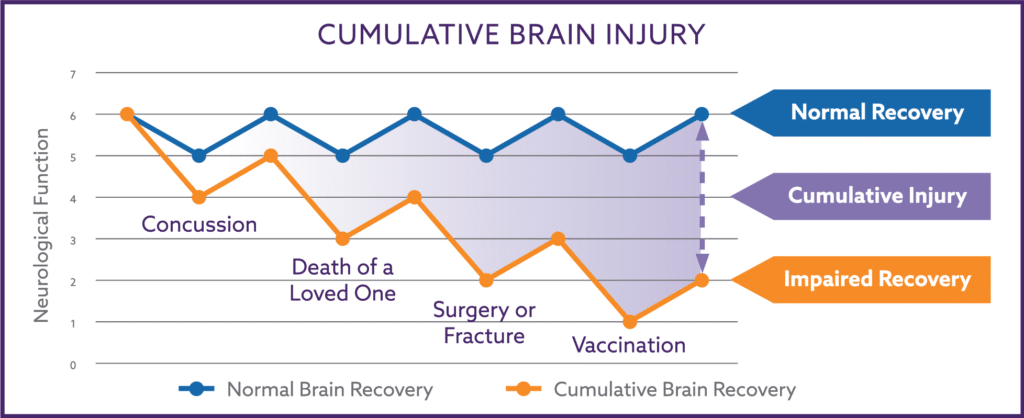Hunger
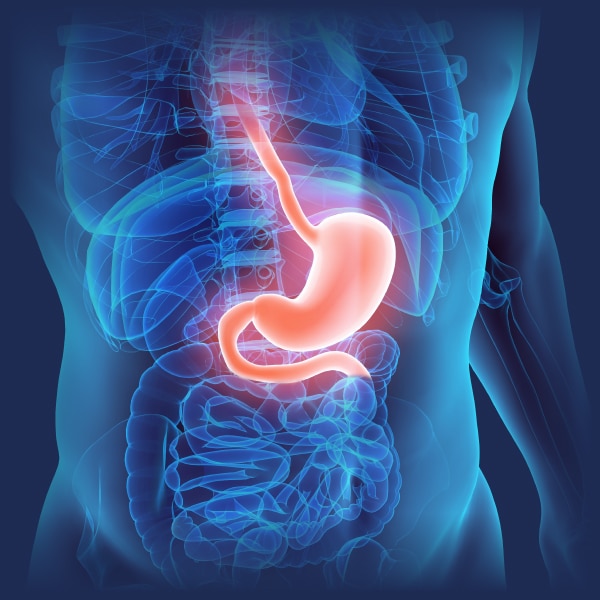
Chronic Hunger
Chronic hunger commonly is a result of Autonomic Dysfunction. If the sympathetic and parasympathetic branches are not in balance an increased sense of hunger may result from low brain oxygen delivery, excess stomach acid accumulation, abnormal hormonal signaling from bacterial overgrowths, or a poorly functioning hypothalamus. Chronic hunger ruins the daily enjoyment of life, interferes with family or work demands, and affects other areas of overall health both physically and emotionally. Autonomic Dysfunction results in excessive stress hormones and cortisol that increase stubborn belly fat and other abnormal fat deposits.
Is Autonomic Dysfunction making you hungry? Take the quiz and find out.
Are you looking for answers?
Are you self-educated about your medical issues and seeking the answer for your constant hunger or “low blood sugar”?
Did you know that Autonomic Dysfunction might be the cause for abnormal cravings for food?
Do you feel like you are out of options?
Are diets and fads not fixing your chronic hunger?
Are you out of treatment options for chronic hunger but you have not treated your Autonomic Nervous System?
Do you prefer natural remedies?
Do you prefer all natural or holistic medicine but they have not stopped your chronic hunger?
Are you still looking for a diagnosis?
Are you hungry all the time and are tired of pills or products that do not stop your hunger?
Chronic hunger is commonly a result of Autonomic Dysfunction. The Nemechek Protocol™ medical consultation and treatment service is a brain and body recovery program that that counteracts the sources of abnormal hunger.
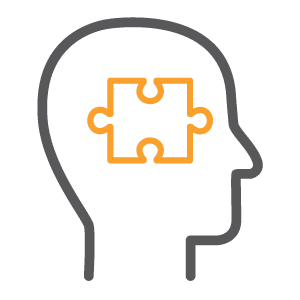
Repair
Excessive hunger is often due to Autonomic Nervous System dysfunction. The Autonomic Nervous System is able to be repaired years and even decades after the original injury.
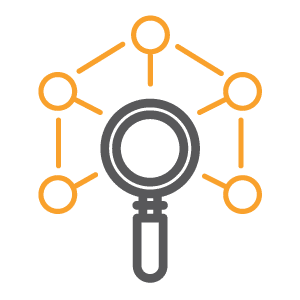
Reverse
The reversal of Autonomic Dysfunction along with the reduction of bacterial overgrowths and restoration of hypothalamic damage helps normalize hunger.
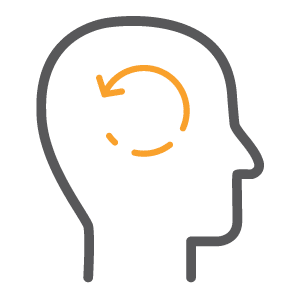
Restore
Restoring Autonomic Dysfunction improves brain oxygen delivery, forward intestinal motility, and the control of inflammation that allows a normal level of hunger.
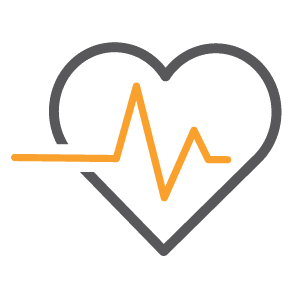
Maintain
The long-term protocol for maintaining normal Autonomic function is through proper microglia and cytokine cell function, core brain nutrition, and the improved control over inflammation with bioelectric stimulation of the Vagus nerve.
The Nemechek Protocol is a top-down approach to restore the body’s digestive tract and stomach acid to equilibrium, ending hunger, calming food anxiety, and optimizing health. It applies to all ages and disease types by supporting the ability to control hunger, run the Autonomics effectively, control inflammation, produce stem cells, and strengthen the neurological system and immune system which are the cornerstones to healing and eliminating chronic fatigue.
Sophisticated Autonomic spectral analysis testing reveals silent nervous system damage. The Nemechek Protocol™ medical consultation and treatment service reverses damage and restores Autonomic function. After Autonomic repair, the protocol maintenance phase involves advanced regimens for the cellular repair of neuronal damage, repair of organs, and weight reduction. The Nemechek Protocol™ medical consultation and treatment service is the blueprint for improved health for the rest of your life.
WHY ARE AUTONOMICS THE ANSWER?
The Autonomics control your brain’s ability to control natural hunger. When the Autonomics malfunction and your core nutrients are deficient, you will experience a persistent or frequent sense of hunger. Reversing Autonomic Dysfunction lowers the abnormal hunger resulting from low brain oxygen delivery, excess stomach acid accumulation, abnormal hormonal signaling from bacterial overgrowths, or a poorly functioning hypothalamus.
How It Works
Science has given us a new understanding of chronic hunger; the causes are found in the dysfunction of the Autonomic Nervous System. Treating the Autonomics is a new way to restore the brain’s natural ability to maintain cerebral blood oxygen levels and move the digestive tract and stomach acid forward at the right speed which eliminates hunger symptoms.
The Nemechek Protocol™ medical consultation and treatment service is a groundbreaking science-based medical approach to restore proper brain control and Autonomic function over hunger. A shifting of key omega fatty acids aids Autonomic repair, satisfies the brain’s nutritional demands, and encourages stem cell production in our brain’s natural chemical environment.
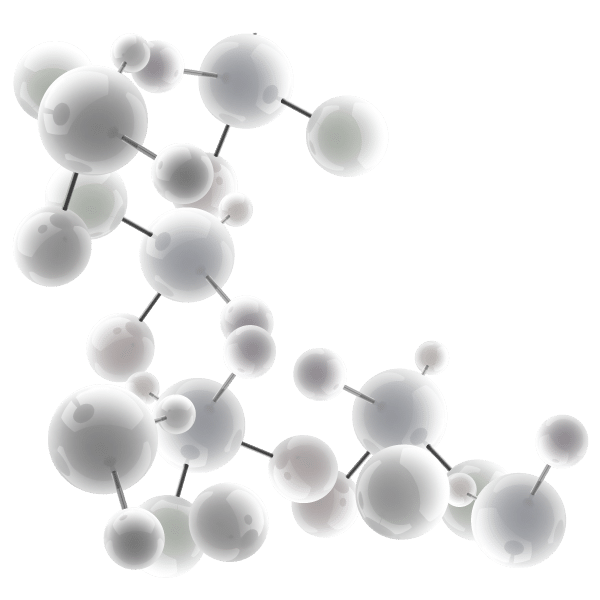
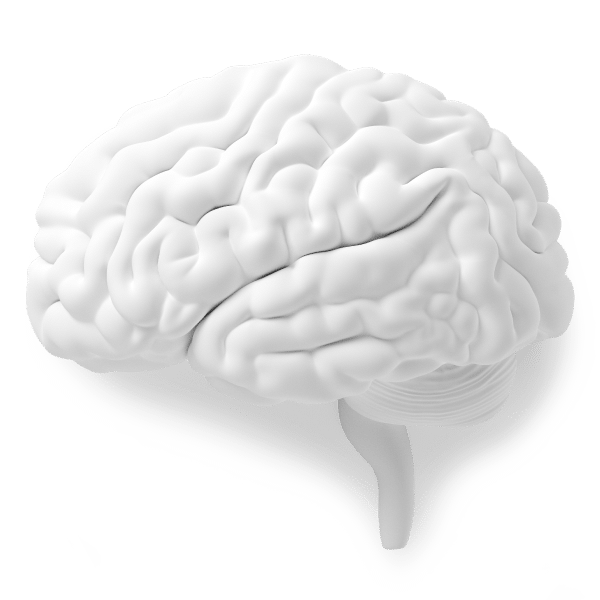
Why It Works
The field of Autonomics is science-based and evidence driven. The underlying reasons why we feel hungry all the time are due to our brains and bodies no longer working together correctly. The brain is unable to control hunger due to a variety of reasons such as Autonomic Dysfunction, concussion damage, the side effects of medications, and the lack of key nutrients that keep our brains performing at optimal levels.
The first step is to identify Autonomic dysfunction through Autonomic spectral analysis, a non-invasive test that is a biomarker for your brain’s ability to control the body and quantifies the imbalance and tone of both the Sympathetic (“fight or flight”) and Parasympathetic (“rest and digest”) brain commands. Imbedded in those signals are the Autonomics that malfunction after injury, trauma, illness, medicines, vaccines, or childbirth.
The second step to pinpoint Autonomic Dysfunction is to determine whether an overgrowth of intestinal bacteria called SIBO is creating secondary Autonomic problems such as intestinal distress (gluten or food intolerance), preventing concussion recovery, triggering skin problems (eczema, rosacea), causing periodontal gum disease, recurrent UTI or strep infections, Autism (propionic acid toxicity), or psychiatric symptoms (anxiety, panic attacks, PTSD, depression).
The third step is to implement The Nemechek Protocol™ medical consultation and treatment service’s short and long-term treatment plan for recovery, maintenance, and advanced care. For most adults, the treatment involves short term medications, the lowering of metabolic inflammation, the lowering of and neuroinflammation including bioelectric stimulation (via the Vagus nerve), the elimination of underlying bacterial infections or unresolved concussion damage, core brain nutrients to mimic the historical foods that kept our brains and nervous systems strong, and chemically cleaner food to maintain recovery and resist relapse or recover from new Autonomic injuries.
READY TO BOOK AN APPOINTMENT WITH DR. NEMECHEK?
Dr. Nemechek is a classically trained internist who is often able to quickly zero in on the cause of your symptoms though a simple question-answer session – a skill that is missing from modern medicine.
Educational Video Visits let people discuss with Dr. Nemechek about his protocol in detail. Only in-office appointments with Dr. Nemechek allow you to receive the full medical benefit of The Nemechek Protocol® medical consultation and treatment services.

Autonomic Dysfunction may be accelerated in Diabetes up to two decades earlier than people that same age who do not have Diabetes.
Parasympathetic Autonomic Dysfunction Dysregulation of normal inflammation control = Autonomic Dysfunction
Difficult to control blood pressure = Parasympathetic Autonomic Dysfunction High blood pressure readings without independently confirmed hypertension = poor cerebral blood oxygen against gravity from Autonomic Dysfunction Passing out or fainting, especially when hot = poor cerebral blood oxygen against gravity from Autonomic Dysfunction PMS = poor cerebral blood oxygen against gravity from Autonomic Dysfunction
ADD, Brain Fog = poor cerebral blood oxygen against gravity from Autonomic Dysfunction Migraines and headaches = poor cerebral blood oxygen against gravity from Autonomic Dysfunction Dizzy or lightheaded, often when standing up or sitting up = Orthostatic Hypotension Tingling in hands, feet, face, and neck = poor cerebral blood oxygen against gravity from Autonomic Dysfunction Numbness in legs, feet, arms, hands = Autonomic Neuropathy Many types of seizures = Autonomic dysfunction with SIBO Constant foot tappers and leg bouncers = poor cerebral blood oxygen against gravity from Autonomic Dysfunction Inability to quit smoking = Autonomic Dysfunction with nicotine receptors in body Poor concentration, poor memory, dementia that improves when laying down or while exercising = poor cerebral blood oxygen against gravity from Autonomic Dysfunction
Women who are never the same after pregnancy due to sudden depletions of omega-3 fatty acids during pregnancy (headaches, heartburn, weight gain, fatigue, brain fog, hormone trouble, postpartum depression) = “Broken Mommies” Autonomic Dysfunction
Autism = Autonomic Dysfunction, Developmental Delay, and Propionic Acid Toxicity from SIBO Anxiety = poor cerebral blood oxygen against gravity from Autonomic Dysfunction often with SIBO ADD = poor cerebral blood oxygen against gravity from Autonomic Dysfunction often with SIBO Many types of seizures = Autonomic dysfunction with SIBO
Neck tightness, shoulder pain = Sympathetic Autonomic Dysfunction Inflammation in brain, joints, tissues = Parasympathetic Autonomic Dysfunction Chronic fatigue = poor cerebral blood oxygen against gravity from Autonomic Dysfunction
Many of the most common symptoms from concussions, traumatic brain injury = Autonomic Dysfunction
Varicose Veins = Sympathetic Autonomic Dysfunction
Difficult to control glucose = Parasympathetic Autonomic Dysfunction Diabetes = Pancreas damage plus Autonomic Dysfunction
Sensitive to sun in daytime, difficulty seeing at night = Autonomic Dysfunction of pupil dilation and control
High heart rate when standing up (POTS, Postural Orthostatic Tachycardia Syndrome) Racing heart, heart palpitations, Atrial fibrillation (A Fib) = High HRV, Autonomic Dysfunction
Constipation = Autonomic Dysfunction, brain moves digestive tract too slow Heartburn = Autonomic Dysfunction, brain moves digestive tract too slow Abdominal bloating and cramping = Autonomic Dysfunction and SIBO Frequent urination, can’t empty bladder, frequent UTI’s = Sympathetic or Parasympathetic Autonomic Dysfunction Persistent Nausea = Brain is not emptying stomach correctly, Autonomic Dysfunction Food intolerance, feel better on gluten-free or on Probiotics = Autonomic Dysfunction and SIBO
Difficult to control hormone levels = Parasympathetic Autonomic Dysfunction Abnormal hormone regulation = Parasympathetic Autonomic Dysfunction Menopause’s hot flashes and hormone problems = Autonomic Dysfunction hormone and body temperature control system malfunction
Excessive thirst and hunger = Sympathetic Autonomic Dysfunction Belly fat = Sympathetic Autonomic Dysfunction causes cortisol production and abnormal fat distribution.
Neurodegeneration (Parkinson’s, Alzheimer’s, ALS) = Autonomic Dysfunction with brain inflammation and cellular damage
Anxiety = poor cerebral blood oxygen against gravity from Autonomic Dysfunction often with SIBO Chronic Depression is unresolved brain injury due to chronic inflammation = Damaged Parasympathetic Inflammatory Reflex PTSD is unresolved brain injury due to chronic inflammation = Damaged Parasympathetic Inflammatory Reflex
Erectile Dysfunction, inability to ejaculate in men = blood flow and blood return from extremities problems, Sympathetic and Parasympathetic Autonomic Dysfunction Vaginal dryness, inability to orgasm in women= Sympathetic and Parasympathetic Autonomic Dysfunction
Central Sleep Apnea = Parasympathetic Autonomic Dysfunction Restless Leg Syndrome = Parasympathetic Autonomic Dysfunction Insomnia = Sympathetic Withdrawal induced high noradrenaline levels and night time anxiety Frequent nighttime urination = Inadequate urine production and increase liquid ingestion in daytime released at night from Sympathetic Withdrawal Non-restorative sleep = Parasympathetic Autonomic Dysfunction
Hot flashes, night sweats = Autonomic Dysfunction often with SIBO Cold extremities/poor circulation = Autonomic Dysfunction, Sympathetic Withdrawal
Is Autonomic Dysfunction Affecting Your Health?
Take the Autonomic Health Quiz

